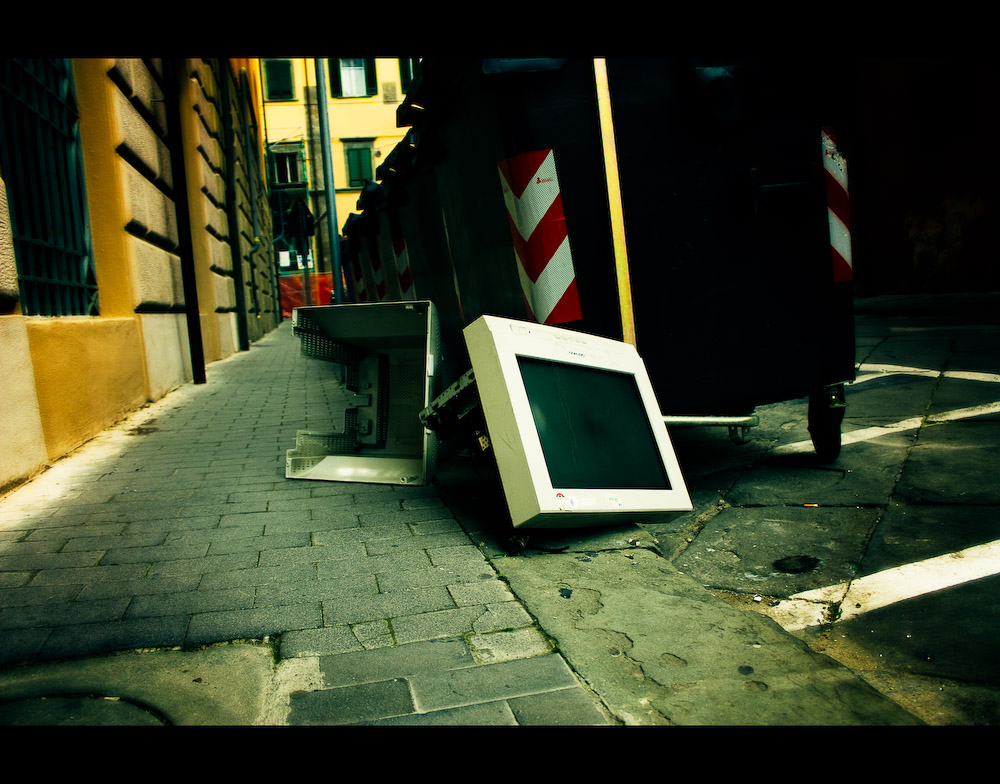Today’s cool devices may be too desirable for their own good when they foster the “gotta have it” mentality that in turn leads to high turnover rates for electronics, excessive unnecessary purchases, and unruly amounts of electronic waste.

Image credit: Flickr user databhi ♪♫
While we are in awe of the latest gizmos and smartphones, thousands of electronic devices become e-waste in landfills or be sent to poor third world countries. You probably have seen articles about recycling your electronics through e-waste collection programs or trading in your device when you buy a new one. Maybe you may have seen the photographs of people taking apart televisions, repairing what they can to be reused or sold, or picking out the valuable metal parts. 70% of the heavy metals in the U.S.A. landfills are come from electronics, though only 2% of the trash is electronic waste. Tons of e-waste is exported to Asia and Africa each year for processing, possibly also exposing people to toxic fumes when un-valuable materials and metals are burned. But we still continue to acquire new electronic devices!
The marketing strategy for electronics reminds me of the old school commercials for toys or cereal targeted at kindergarteners. A playful promise of good times or delicious sweetness makes begging parents for it irresistible. Have the electronics makers tapped into an innate human desire? Is it now another type of fashion to have the latest cell phone? But by making it so easy to get rid of our electronics and possibly even get paid for them, are we making it too guilt-free to get a new toy? Doesn’t it become just that? A toy? Electronics used to be tools, tools that we used and appreciated for more of their lifespan than we do now. A tool is something we use until it fails to complete the tasks it is meant for, but a toy is something we throw to the side once we are bored with it.
We can no longer escape the new ads for an upgraded music player, cell phone, or television. This has led to a new epidemic of impulsive buys and premature abandonment of working electronic devices, which has even spawned a growing business that buys to resell or recycles electronics by mail. This is possible because many people don’t buy new electronics because their current devices no longer work, but simply because they want the newer versions.
My personal goal is to use all of my electronics for at least 3-4 years, and hopefully at best more than 5 years, depending on type of electronics and risk of physical wear. I keep track of it by keeping a list of everything I have purchased. My only worry now is that designers nowadays are not designing electronics to be used for more than 3 years because they do not expect people to wait that long before their next purchase.
If we can use our electronics for their full lifespan, we can slow the rate at which e-waste accumulates in our landfills. If we can forgo the temptation to indulge in a new exciting product, maybe we can learn to appreciate what we already have and resist what we do not need. This seems to be the advice of our lifetime, though, doesn’t it?
[New Post] Shrinking lifespan and shelf life are just a noontime shadow for the e-waste sent to landfills http://chewbear.beforebreakfast.net/2009…